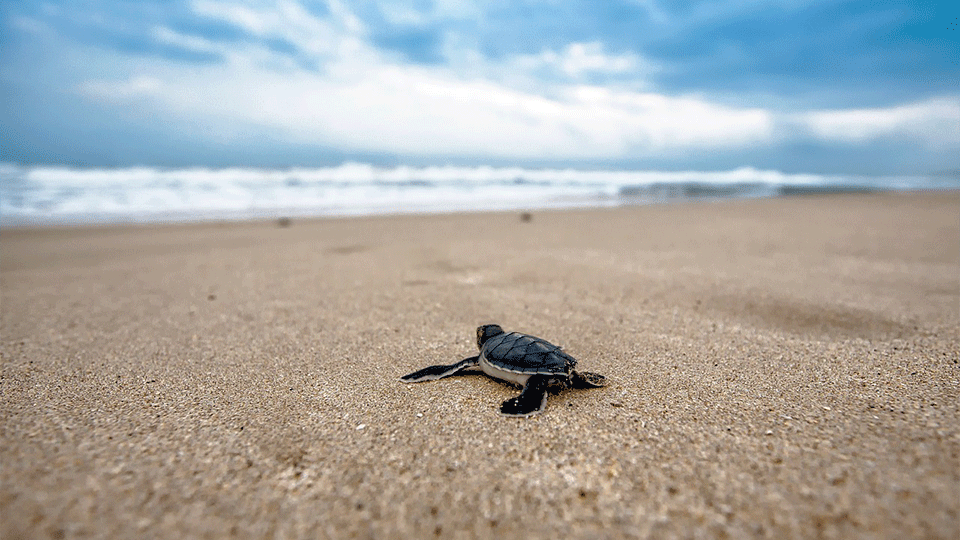

Part of what makes a day on the beach or a river bank delightful is a good pair of water shoes. True to their name, these shoes are adept at dealing with water, allowing it to freely flow in and out and ensuring that your feet aren't squelching uncomfortably in soaked shoes. But water isn't the only element these shoes encounter - sand is equally prevalent in such environments. This leads to the important question: how do water shoes handle sand? This article aims to explore this underlying aspect of water shoes.
Water shoes are not just regular shoes that you can wear in water. They're specifically designed for underwater use, with significant thought put into their construction. They feature mesh material on the upper and have small holes built into the soles, which make them highly permeable to water. Hence, water flows in and out freely, preventing it from pooling inside the shoe and also allowing for quicker drying.
While this design works excellently for draining water, sand is a whole other story. Sand particles are significantly smaller than water molecules and therefore present a unique challenge. But do not fret - the designers and engineers of water shoes have anticipated this issue and designed features to deal with it.
Believe it or not, the same mesh that helps water drain is equally capable of blocking sand. The mesh used in water shoes is tightly woven, meaning the majority of sand grains are too large to slip through. This makes your water shoes an effective barrier, not just against water, but against pesky sand particles as well.
Of course, the mesh isn't entirely impermeable to very fine sand. This is where the ingeniously designed removable insoles come into play. If fine sand particles happen to make their way into your shoe, they'll typically get trapped in the insole. This element is generally made from foam and can be easily removed and rinsed off, making the process of cleaning the shoes and getting rid of any sand a piece of cake.
When selecting water shoes for your next beach day, consider the terrain you'll spend most of your time on. If you plan to split your time between the water and the sandy shore, look for water shoes with an especially dense mesh and removable insoles. If you’ll be spending most of your time in the water, focus on water shoes with the fastest dry time and most efficient water drainage.
A lot of research and development goes into ensuring that your beach day is as enjoyable as can be. When you’re wearing water shoes, you can rest assured that you’re not going to have a home full of sand at the end of the day. From the mesh material to the removable insoles, water shoes are tailored to ensure that your day out at the beach or river is sand-free and fun.
In addition to their functionality, water shoes have also evolved in terms of aesthetic appeal. Today, you can find stylish water shoes that look just as good on a beach walk as they do in the water. When choosing your pair, you can consider design and color variety, along with the functional features.
Water shoes demonstrate an excellent balance of function and form, handling the dual challenge of water and sand efficiently. Not only do they keep the water out on wet and slippery terrains, but they also prevent sand from making a home in your shoes. By understanding these subtle nuances in their design and functionality, you'll be able to make a better decision the next time you're out buying shoes for your water-based adventures. Whether it's frolicking along the shore, diving into waves, or exploring a riverbank, the correctly chosen pair of water shoes can significantly enhance the pleasure of your day near the waters.